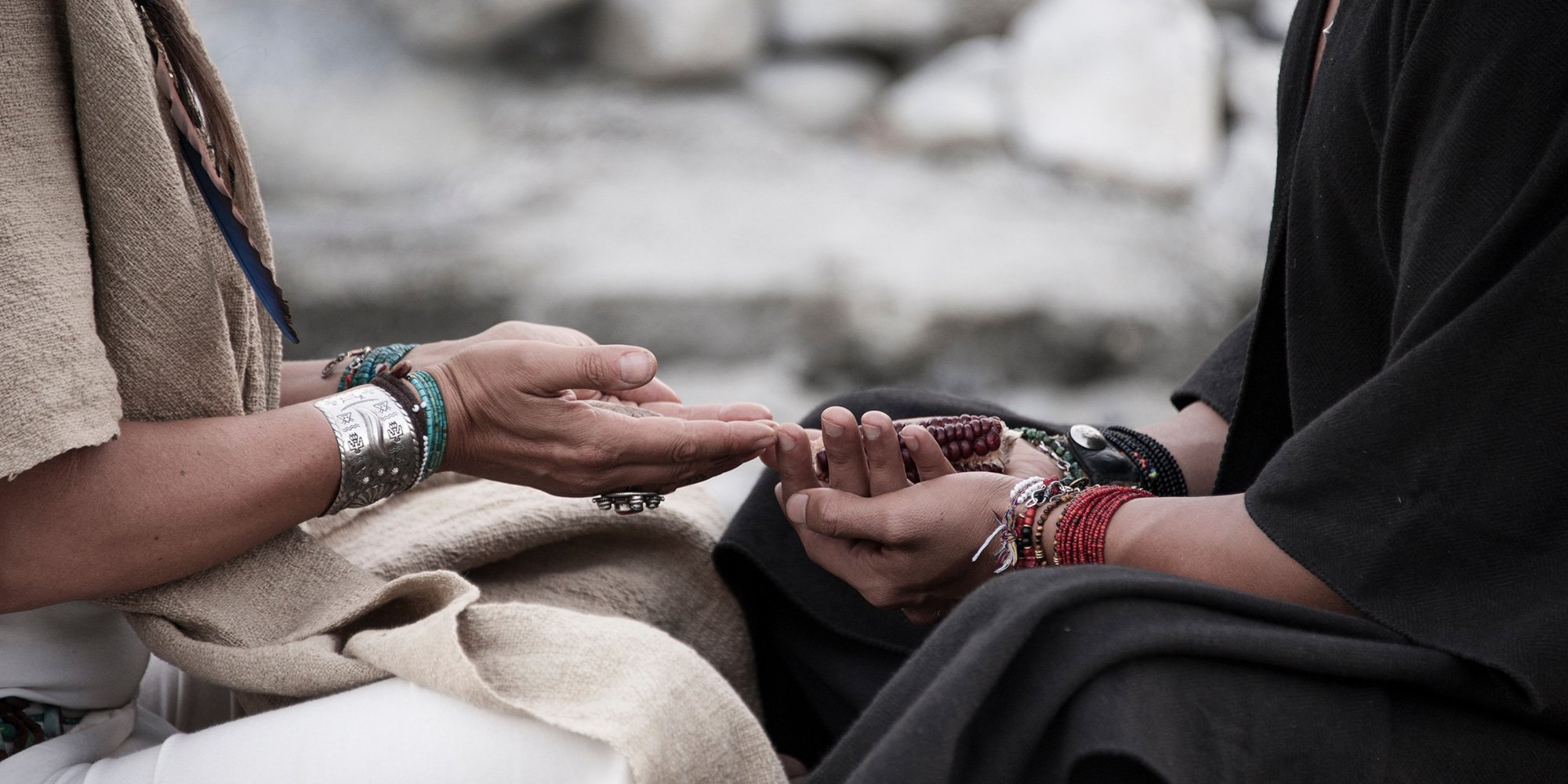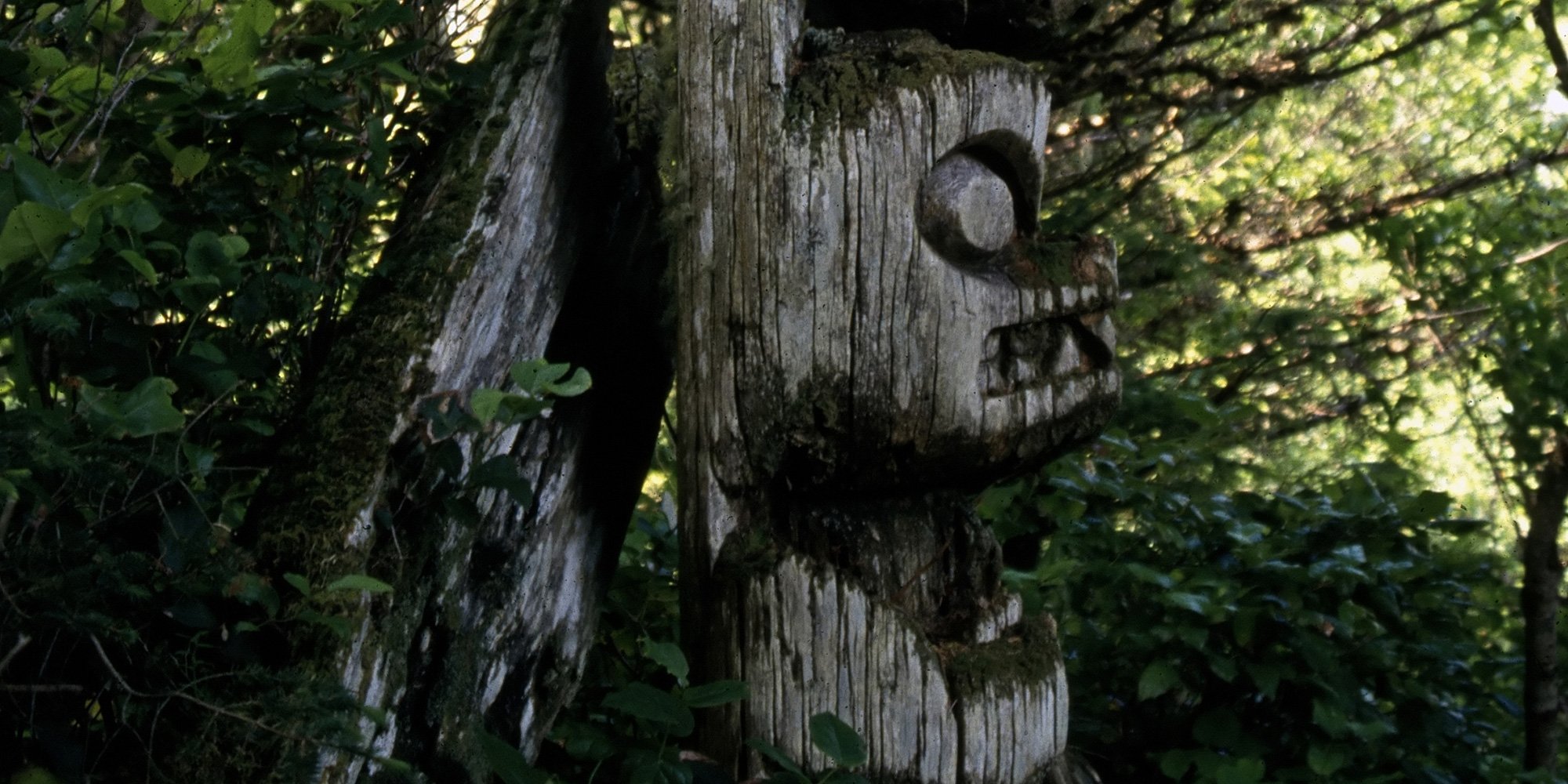7 Tips on Building Relationships with Indigenous Peoples
The quality of your relationship with an Indigenous community will be measured by the effort invested and the integrity of your team. You have to...

If you are planning to schedule a meeting with Indigenous leaders of the community you want to work with, here are some suggestions you should keep in mind. These tips are in addition to what you learn in your due diligence on whether or not to shake hands, make and hold eye contact, how to dress and other respectful cultural considerations.
Is it necessary that you meet the chief right away or are there other places you could start? For example, you’re an educator who wants to launch an initiative. Should you meet the chief or should you try to find a council member who handles education and work your way up to the chief, if that is even necessary? Before you take up the chief’s time, be sure that’s who you should be meeting with.
Your meeting is just one of the many demands on a chief’s time so you may be bumped by community emergencies and unexpected occurrences. Unlike a mayor or other community leader, a chief is responsible for every person in the community 24 hours a day, seven days a week, 365 days a year. In our Working Effectively with Indigenous Peoples® training, one of my recommendations is that you call the day before to see if the meeting is still on the books, and then, especially if you are travelling from a great distance, call again before your plane leaves.
As they say, you have two ears and only one mouth for a reason. If you are really there to hear what the leaders have to say then show it - listen, take notes, and jot down questions you may have. However, do not interrupt to ask those questions. Wait until you are absolutely sure that the chief or other community representative has finished speaking, and then ask if he/she has time for a couple of questions that popped into your mind as you were listening.
Is there somewhere you would rather be? Are you expecting a “life or death” text message? If so, you should not be sitting in a meeting with an Indigenous leader - or in any meeting for that matter. It can be interpreted as disrespectful and rude to not give your full attention. You requested the meeting, make the most of it or don’t be surprised if you and your project get a cool response.
This isn’t speed dating. You are meeting with the leader of a community you want to work with, and if you have any Indigenous awareness you will know that Indigenous People view time and relationships through a different lens. Generally speaking, in the Indigenous worldview, it takes a long time to build the trust that can lead to an effective working relationship.
Well, you know what they say about those who assume things. Just. Don’t. Even if the meeting has gone well and the chief or representative has nodded at your various points and seemed to be in agreement, don’t take that as the green light. You need verbal and written confirmation, and quite likely, more meetings will be required before you get close to confirmation. Don’t view delays in a negative light - every opportunity to meet with the chief and council is an opportunity to learn and to understand their perspective, their concerns, and their challenges. Decisions regarding the future of the community are based on the Seventh Generation Principle therefore these decisions are made neither lightly nor quickly.
Featured photo: Pixabay

The quality of your relationship with an Indigenous community will be measured by the effort invested and the integrity of your team. You have to...

In Why Buying Authentic Indigenous Art is Important I talked about the cultural and economic impact knock-off art has on Indigenous artists and...

What constitutes Indigenous relations best practices? Here are a few suggestions for consideration.